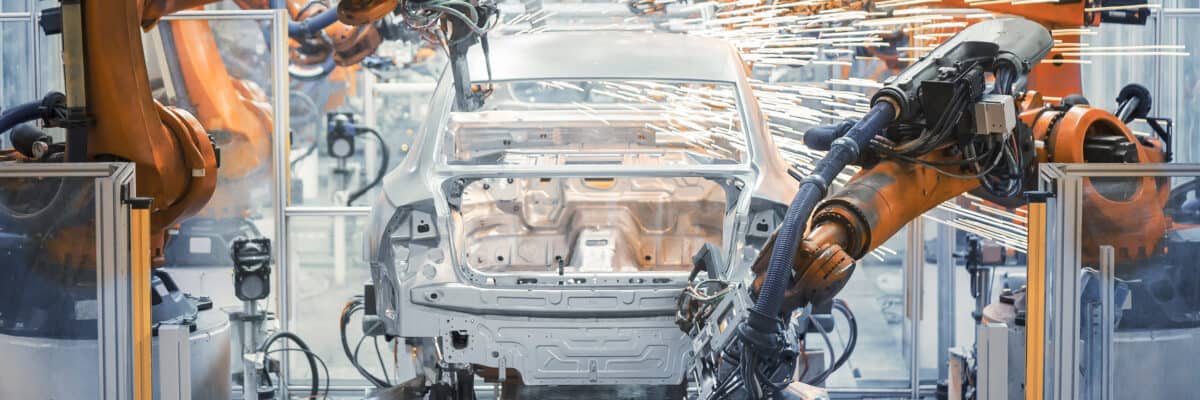
More than 80% of companies in the automotive industry believe that improving their processes and organizational structures is critical to their future success, according to a current study conducted by the corporate consulting firm Staufen. Converting to electromobility is especially fraught with challenges which cannot be addressed using traditional approaches. Currently OEMs are focused primarily on integration into existing production systems.
VW took the approach of creating separate production facilities for its electric vehicles, whereas most other manufactures are still in the midst of converting their main production sites. Electric cars are to come off the assembly line side by side with hybrids, gas-fueled cars and diesels.
“Integration leads to another major increase in complexity,” says Dr. Thilo Greshake, automotive expert at Staufen corporate consultants. “All of the modules and systems a car consists of have to be available just in time at the assembly line for every model. Electric cars not only need different powertrains and batteries; other components are different too, such as their heating or air-conditioning systems. This creates many new branches, as it were, on the large tree of options in manufacturing. Diversity is threatening to devolve into chaos.” The steady pace on the assembly line that was common practice until now will hardly be able to continue as before. Consequently, Porsche has chosen to pursue variable pacing and a flexible line at its Zuffenhausen site. If sensitive tasks are being performed, Porsche’s new transport system can pause and then convey things to the downstream stations faster.
“German car manufacturers are not going to have the severe kinds of problems that Tesla has,” says Greshake. “They have decades of experience and are incredibly strong in terms of both planning and processes. But they cannot take the liberty of concentrating only on adapting their own factories. It will be a much greater challenge for them to prepare suppliers for tomorrow’s automotive market. After all, if things aren’t flowing smoothly there, they won’t flow at OEMs either.”
The car’s heating system as a good example of how vulnerable the supply chain is. Electric cars have to have an electrically powered heating system, since the combustion motor cannot serve as a source of warmth. So far, however, these systems have only been produced in small batches. In the future, mid-sized suppliers of heating systems will thus have to become high-volume manufacturers, and they will also need high levels of technological expertise. After all, the heating and its control system in electric cars are high-tech products which have to be able to perform functions such as switching modes during a traffic jam on the highway to protect the battery so the vehicle can still reach its destination. “This transformation is something the suppliers cannot manage on their own. So it’s that much more critical for manufacturers to work in very close conjunction with their suppliers and get involved at the end of the value chain as well,” the Staufen consultant says. “That’s the only way the automotive world can successfully handle the challenges it faces and turn the electric car into a mass-market product.”
BestPractice Day 2018 – Europe’s leading lean management convention
The rules of the game have changed. Those who want to be at the head of the pack have to keep moving! This is the impetus behind the motto for this year’s BestPractice Day, taking place in Darmstadt from July 3 to 4, 2018: “Learn. Lead. Design the Change.” Experience presentations by top executives who will be actively and boldly designing your company’s future. With more than 350 participants annually, BestPractice Day has established itself as the meeting point for decision makers in the field of business and science.
More information: www.best-practice-day.com

